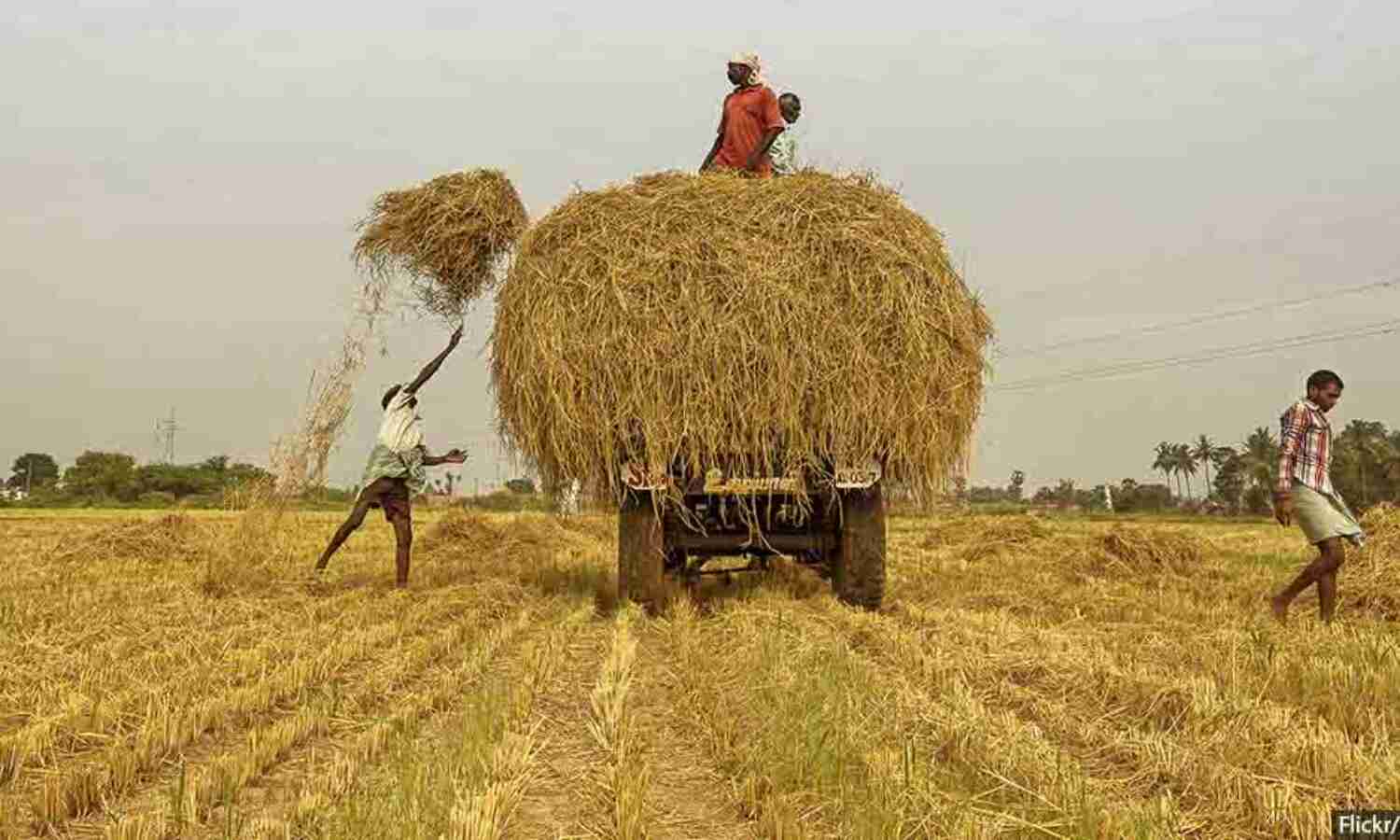Why Karnataka’s New Government Has A Job On Its Hands Despite 8.5% Growth

Mumbai: Karnataka is grappling with income inequality, an agrarian crisis and child malnutrition even though its economy grew at 8.5%--second-highest among 10 states and union territories in 2017--to a gross domestic product of Rs 9.5 lakh crore ($141 billion) in 2017-18, according to the latest economic survey.
The 2018-19 budget for the state is Rs 2.09 lakh crore ($31 billion), which is 12% more than the budget estimate of Rs 1.86 lakh crore for 2017-18. There has been an increase in the state’s revenue as well. Karnataka’s tax revenue for 2018-19, including goods and services tax (GT) compensation, is estimated to be Rs 1.03 lakh crore ($15 billion), an increase of 13% over the revised estimate for 2017-18.
The economic survey 2017-18 highlights Karnataka’s progress on the per capita income front too. With a per capita income of Rs 142,267 per annum, Karnataka’s citizens are India’s 10th richest, behind Delhi, Haryana, Maharashtra, and Kerala in 2015-16 according to national accounts.
This prosperity, however, has not led to equal distribution of wealth, robust agriculture or good access to public health systems.
Bengaluru city earns five times as much as poorest district, Kalaburagi
Income disparity is high in the state. Bengaluru urban is the richest pocket with a per capita income of Rs 320,346 per annum. Kalaburagi in the north is the poorest, with a per capita income of Rs 65,493 per annum, almost one-fifth that of the state’s capital city.
Source: Karnataka Economic Survey 2017-18; Figures in Rs
In primary education (grades I to V), Yadgir in northeast Karnataka suffers a dropout rate--calculated by subtracting the sum of promotion and repetition from 100 in every grade--of 12.3%. In Bengaluru Urban, this rate is 2.9%. Yadgir’s average primary dropout rate exceeds Mizoram’s (10.1%), according to the District Information System on Education (DISE) 2015-16.
Source: District Information System on Education 2015-16; Figures in %
This inequality is evident in health indicators as well. For example, in Dakshin Kannada, nearly 92% households reported improved sanitation in 2015-16. But in Yadgir, this rate stood at 18.1%, according to National Family Health Survey 2015-16.
Source: National Family Health Survey, 2015-16
Similarly, the percentage of institutional deliveries varied across districts. The district of Ramanagara (50 km from Bengaluru) reported 99.3% institutional deliveries, the same as neighbouring Tamil Nadu. But Raichur in northeast Karnataka reported only 79.7%, the same as Tripura.
Source: National Family Health Survey, 2015-16
Struck by repeated droughts, agriculture suffers
Agriculture declined marginally as a component of the state’s GDP, going from 11.5% to 11.1%, according to the economic survey 2017-18. The growth rate of agriculture declined to 4.9% in 2017-18 from 5.7% in 2016-17. This was on account of the decline in the area producing tur (pigeon peas) and paddy to 300,000 hectares and 200,000 hectares, respectively.
Drought continues to be a problem in the state. In 2016, 160 of Karnataka’s 176 taluks were declared drought-hit during the rabi (winter crop) season, according to a 2016 Karnataka State Disaster Management Monitoring Centre (KSNDMC) document. This was after 139 taluks had dealt with a drought situation during kharif (monsoon crop) season.
In the 15 years from 2001 to 2015, Karnataka escaped drought only in three--2005, 2007 and 2010--as per a 2017 KSNDMC drought vulnerability assessment report. In 2017-18, the average rainfall during April was 22 mm as against a normal of 35 mm, a deficit of 37%.
Adding to this, only 31% of the state’s cultivated area is irrigated. This compares poorly with neighbouring Tamil Nadu (56.5%) and post bifurcation Andhra Pradesh (50.5%) in 2015-16.
In 2016, Karnataka recorded the second-highest number of farmer suicides--1,212, behind only Maharashtra (2,550)--as IndiaSpend reported on March 21, 2018. One of the main reasons for suicides is indebtedness due to bad crops as a result of drought according to this report in Hindu.
Higher infant mortality, malnutrition than in Kerala, Maharashtra
The state has a maternal mortality ratio of 133 deaths per 100,000 live births, and fares worse than Kerala (61) and Maharashtra (68), but is performing better than the national average (167), according to this report by the National Health Profile 2017.
With an infant mortality rate (IMR) of 28 deaths per 1,000 live births, lower than the national average (41), Karnataka is behind Kerala (6) and competing with its neighbour Maharashtra (24) in 2015-16, according to the NFHS-4.
35.2% children under five years of age were underweight in the state in 2015-16-- almost equal to the national average (35.7%)--1 percentage point above Maharashtra (36%) and behind Kerala (16%)--and down 2 percentage points from 37.6% in 2005-06.
Among the three states, Karnataka has the highest stunting rate (36.2%), low height-for-age, 1.8 percentage points more than Maharashtra (34.4%) and 16.5 percentage points more than Kerala (19.7%), according to NFHS-4. The state has reduced stunting by 7 percentage points from 2005-06 (43.7%).
(Salve is an analyst with IndiaSpend.)
We welcome feedback. Please write to respond@indiaspend.org. We reserve the right to edit responses for language and grammar.


